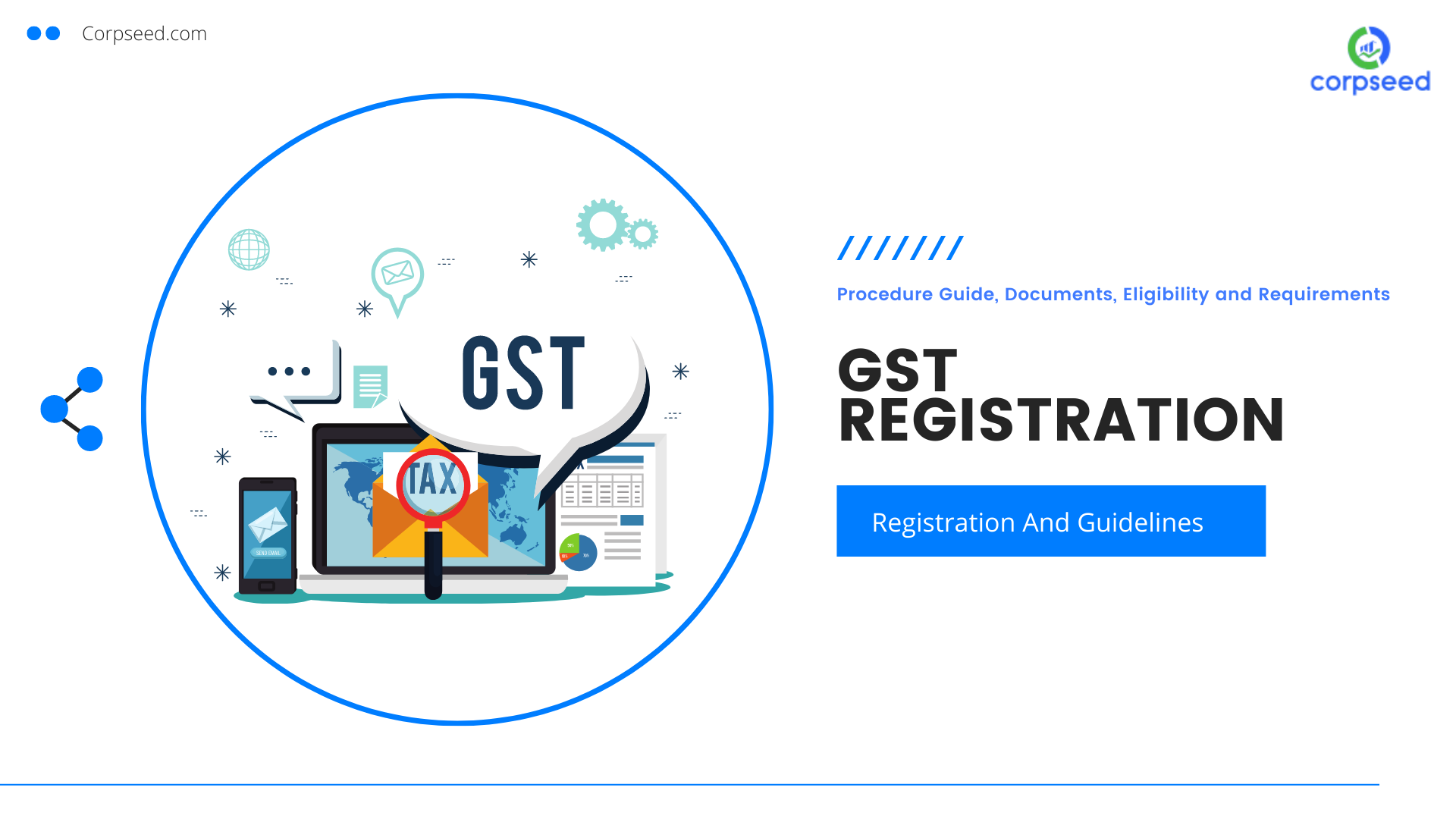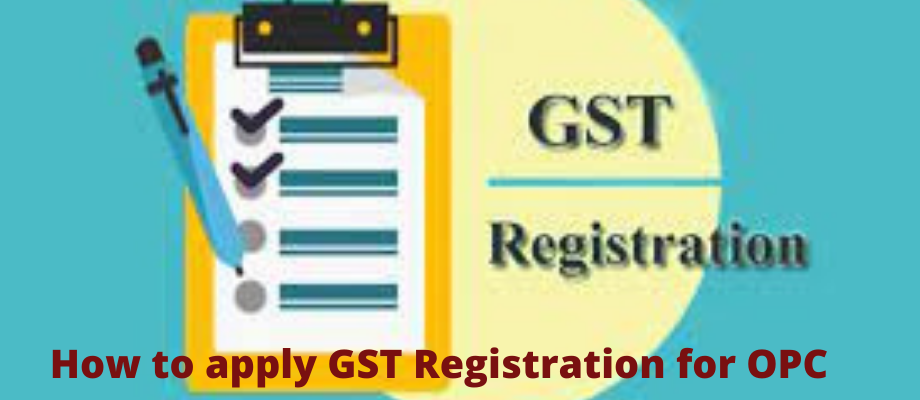Total Checklist for Effective Singapore GST Registration
Total Checklist for Effective Singapore GST Registration
Blog Article
The Ultimate Guide to Simplifying the GST Enrollment Refine and Needs for Small Company Owners

Understanding GST Essentials
To realize the principles of the Product and Services Tax Obligation (GST) system, local business owners should initially recognize its underlying ramifications and concepts. GST is a value-added tax levied on the majority of items and solutions for residential consumption. It aims to simplify the tax procedure by replacing multiple indirect taxes imposed by the state and central governments. Under the GST regimen, businesses are called for to collect and sign up tax in behalf of the federal government, making certain openness and compliance.
One of the key principles of GST is input tax debt, which enables companies to declare credit history for taxes paid on their acquisitions. This mechanism protects against the cascading result of taxes and advertises performance in the tax system. In addition, GST is a destination-based tax, meaning that the tax obligation is levied at the point of consumption as opposed to the factor of beginning. This guarantees reasonable distribution of tax profits amongst states based upon where the services or items are consumed. Recognizing these basic concepts is essential for small company proprietors to navigate the intricacies of the GST system and guarantee conformity with the law.
Qualification Criteria for Registration
Having actually developed a fundamental understanding of GST concepts, local business proprietors have to currently fulfill details qualification standards to continue with the enrollment procedure. In India, entities engaged in the supply of items or solutions with an annual aggregate turnover exceeding Rs. 40 lakhs (Rs. 10 lakhs for unique group states) are called for to sign up for GST. Furthermore, certain companies such as those associated with inter-state supply of goods, casual taxed individuals, and those needed to pay tax under the reverse charge mechanism have to sign up for GST regardless of their turnover. Additionally, companies that were registered under the previous tax obligation regimen (BARREL, solution tax obligation, etc) are also mandated to sign up under GST. Farming services that only supply produce out of primary manufacturing are excluded from GST registration. It is vital for company owner to meticulously analyze their qualification based on these criteria to ensure conformity with the legislation and avoid any fines for non-compliance.
Files Needed for GST Enrollment

Simplified Enrollment Refine Steps
Following the collection and confirmation of the requisite papers, the registration process for GST can be browsed with a series of streamlined actions created to assist in efficient conformity for tiny service owners. The primary step entails checking out the GST portal and selecting the 'New Enrollment' option. Subsequently, the candidate should complete Part A of the GST REG-01 form with details such as frying pan, mobile number, and email address to acquire an OTP for verification. As soon as the OTP is read this article received and gotten in, a Momentary Reference Number (TRN) is produced for further procedures. The following step calls for filling out Component B of the form with needed business information, uploading supporting records, and completing the confirmation process utilizing DSC or EVC. Upon successful confirmation, an Application Referral Number (ARN) is provided, showing the completion of the GST registration procedure. By complying with these streamlined steps, tiny company proprietors can effectively sign up for GST and ensure compliance with tax obligation regulations.
Tips for Ensuring Compliance
To maintain regulative adherence and operational stability, diligent oversight and proactive steps are read this article essential in making certain compliance with GST requirements for small company proprietors. Little company owners need to remain upgraded with GST guidelines, filing due dates, and any type of modifications in tax rates to avoid penalties and maintain an excellent standing with tax obligation authorities. Participating in GST recognition workshops or training programs can boost understanding and conformity with GST policies, ultimately benefiting the business in the long run.
Verdict
To conclude, small company owners should understand the basics of GST, satisfy the eligibility standards, collect required documents, and follow the streamlined registration process actions to make sure compliance. By streamlining the GST registration procedure and demands, little company owners can stay clear of charges and operate their businesses efficiently within the lawful framework - Singapore GST Registration. It is crucial for tiny service proprietors to stay compliant and enlightened with GST guidelines to preserve an effective service operation
Tiny service owners looking for GST enrollment should guarantee they gather and send the required documents to finish the enrollment process efficiently. The files required for GST registration normally consist of proof of business registration or incorporation, PAN (Irreversible Account Number) card of the company entity, address and identity evidence of the promoters/partners/directors, photographs, address evidence of the area of company, financial institution account declarations or canceled cheques, and permission kinds. Going to GST recognition workshops or training programs can enhance understanding and compliance with GST laws, ultimately profiting the organization in the long run.
By simplifying the GST enrollment procedure and requirements, little organization owners can avoid charges and run their services efficiently within the legal framework. It is crucial for small organization owners to remain informed and compliant with GST policies to maintain an effective business procedure.
Report this page